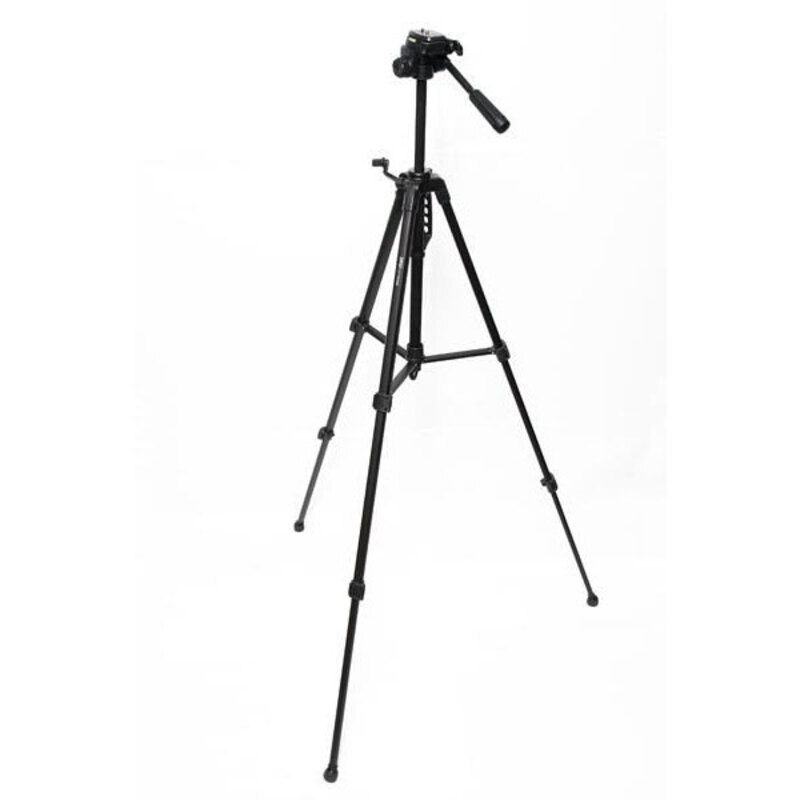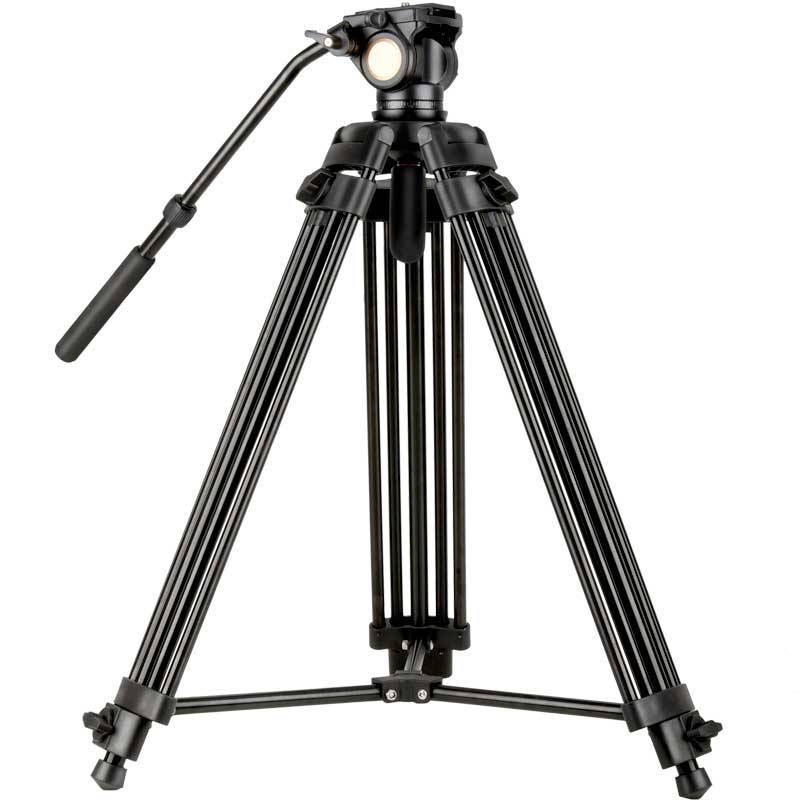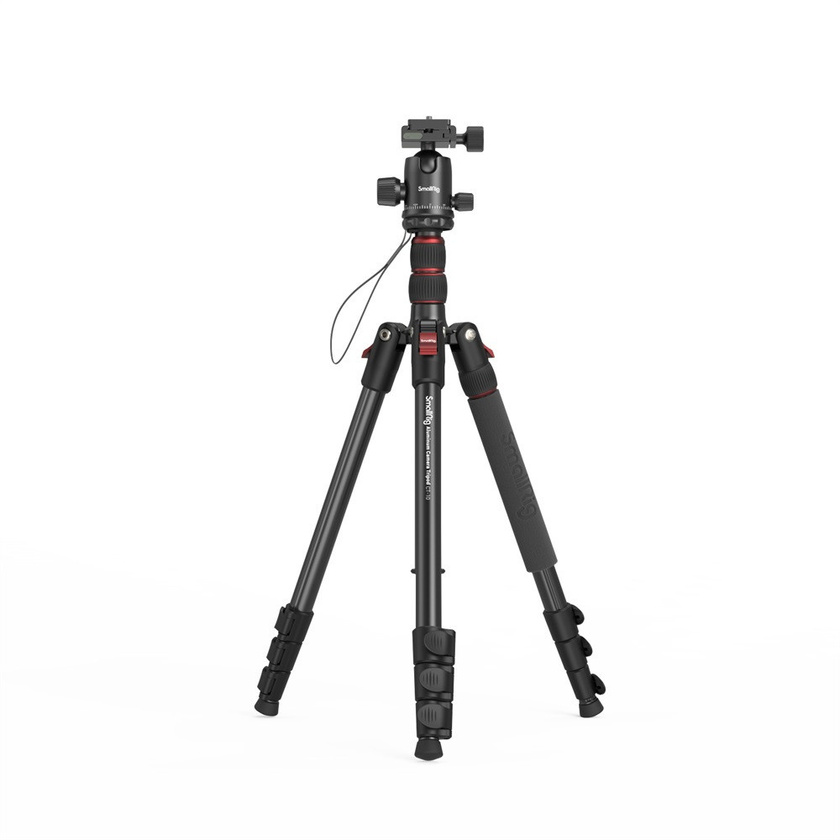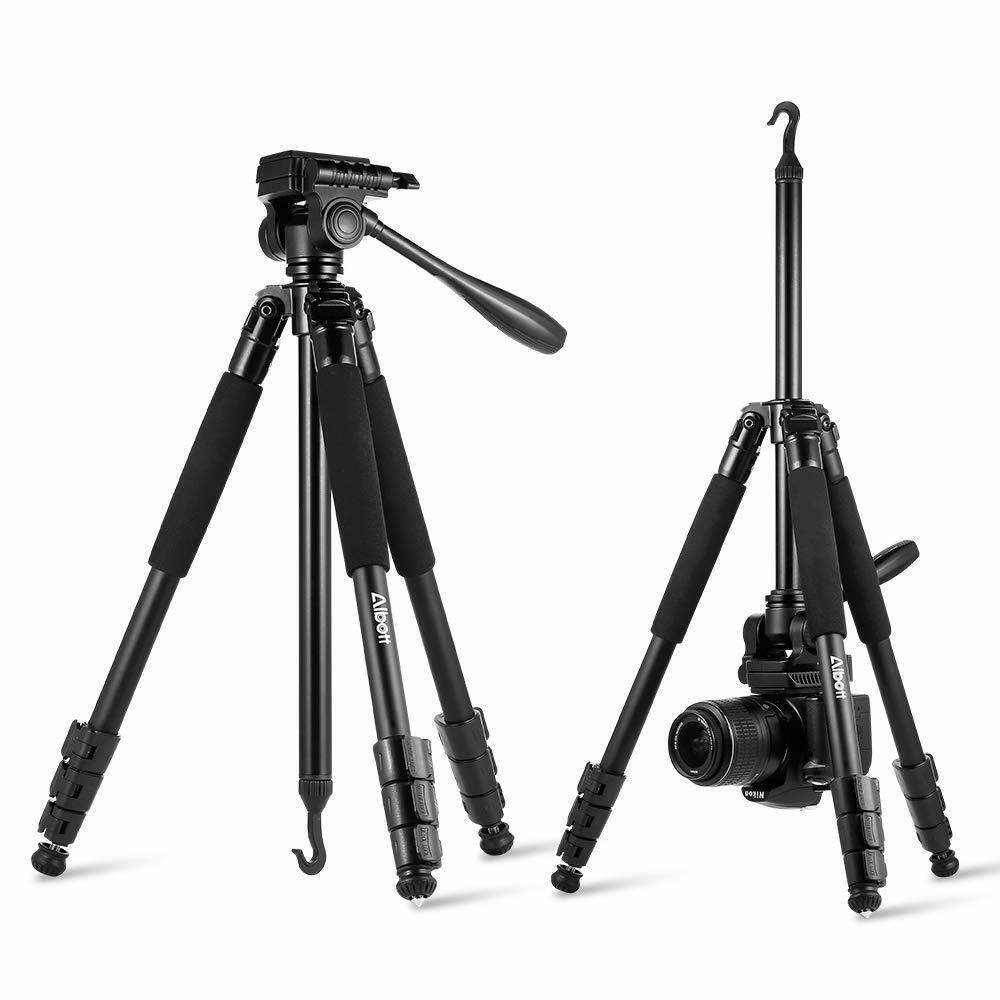Types of Camera Tripods
Choosing the right camera tripod involves understanding the different types available. Each type caters to specific needs and situations.
Traditional Tripods
Traditional tripods are the most common and offer stability for a variety of shooting conditions. They typically have three adjustable legs and can support a range of camera sizes. These are ideal for studio photography and long exposure shots.
Travel Tripods
Travel tripods are lightweight and compact, designed for photographers on the go. They often have foldable legs and are easy to pack. Despite their small size, they still provide decent stability for shooting in diverse locations.
Monopods
Monopods have a single leg, making them more portable than traditional tripods. They are perfect for sports or wildlife photography where mobility is key but some support is still needed to capture clear shots.
Tabletop Tripods
Tabletop tripods are small and can be placed on tables or other flat surfaces. They are perfect for vloggers or photographers who need to work in confined spaces. They offer limited height but are extremely convenient for certain scenarios.
Specialty Tripods
Specialty tripods include a range of designs for specific purposes, such as overhead shooting or heavy-duty support. They may have features like multiple heads or flexible legs to adapt to different photography requirements.
Each type of camera tripod offers unique benefits. Consider your shooting style, the environments you work in, and the desired portability when selecting a tripod.

Materials and Build Quality
The materials and build quality of a camera tripod are critical. They determine durability, weight, and stability.
Aluminum vs. Carbon Fiber
Aluminum tripods are popular due to their balance of strength and cost. They are generally lighter than steel but heavier than carbon fiber. For many, they offer a good mix of affordability and performance.
Carbon fiber tripods are the choice for professionals and serious hobbyists. They are lighter and stronger than aluminum. This makes them ideal for those who need to carry their tripod over long distances or want superior durability.
Plastic and Other Materials
Plastic tripods are the least expensive. They are suitable for casual use or lightweight cameras. However, they are less durable and stable than metal options. Other materials, such as basalt or wood, can be found in niche markets but are less common.
When choosing a camera tripod, consider how the material will affect the tripod’s performance in your intended shooting scenarios.
Tripod Heads: Choosing the Right Type
Choosing the right tripod head is crucial for precise camera positioning and fluid movement.
Ball Heads
Ball heads offer quick maneuverability and are favored for their ease of use. With one locking mechanism, you can swiftly adjust and lock the camera in place. They’re ideal for photographers who need to change compositions quickly.
Pan-Tilt Heads
Pan-tilt heads have separate controls for horizontal and vertical movements, providing precision. They are perfect for landscape photographers who require steady adjustments and videographers who demand smooth panning.
Gimbal Heads
Gimbal heads balance the camera, making them essential for heavy lenses. They are great for wildlife photographers and videographers who track moving subjects. Their design allows for tilt and pan movements without unbalancing the camera.
Fluid Heads
Fluid heads are the best for video, offering resistance that produces smooth motions. They are the preferred choice for filmmakers needing stable, controlled movements.
The type of photography or videography you do will dictate the best tripod head for your needs.

Tripod Legs and Feet
When you’re in the market for a camera tripod, the legs and feet are just as important as the head and materials. The design of the legs and the type of feet can significantly impact the tripod’s stability and flexibility.
Leg Lock Types
There are several leg lock types for camera tripods, and each serves a different purpose:
- Twist Locks: These require you to twist a section of the leg to lock or unlock it. They offer a sleek design and can be very secure.
- Flip Locks: With these, you flip a lever to open or lock the leg section. They are quick to use and very popular.
- Push Button Locks: These locks are less common but allow for rapid deployment of the legs with the push of a button.
- Screw Locks: Typically found on older tripod models, screw locks require you to screw the leg sections into place.
Your choice in leg lock types will depend on personal preference, and how quickly you need to set up and adjust the tripod during your work.
Feet and Stabilization Options
The feet of a tripod can also make a big difference, especially when working on different terrains:
- Rubber Feet: Good for indoor and smooth surfaces, offering a non-slip grip.
- Spiked Feet: Ideal for outdoor use, they dig into the ground for increased stability.
- Retractable Spikes: These offer the best of both worlds, with rubber feet that slide to reveal spikes when needed.
Additionally, some tripods come with hooks or sandbags to hang from the center column for added weight and stability, especially in windy conditions. Your shooting environment will largely dictate the best feet and stabilization options for your camera tripod.
Key Features to Consider
After understanding the various types of camera tripods and their build quality, it’s essential to focus on the key features.
Maximum Height and Collapsed Size
The maximum height of a camera tripod should match your eye level for comfort. However, it should also collapse to a compact size for easy transport. This balance is crucial.
Load Capacity
Load capacity is vital—as it must support your camera and lens weight. Ensure your camera tripod can handle your gear’s weight, with a margin for safety.
Weight and Portability
A tripod’s weight affects your portability needs. For travel, lightweight tripods are preferable. In studios, heavier tripods offer more stability.
Quick Release Systems
A quick release system allows for fast camera attachment and removal. Look for a secure and user-friendly quick release plate on your tripod.

Compatibility and Versatility
When selecting a camera tripod, compatibility and versatility are just as important as the physical features.
Camera Compatibility
Ensure the tripod you choose is compatible with your camera model. Most tripods have a standard screw mount, but always check. The mount must securely fit your camera to prevent damage or instability. Measure the base of your camera to match the tripod’s plate size. Also, consider the weight and size of your camera; large DSLRs need sturdy tripods, while smaller cameras might be fine with lighter models.
Adding Accessories and Expandability Options
Look for tripods with the ability to add accessories is beneficial. Some tripods have removable heads, allowing different types of heads to be attached. Others have extendable arms for more angles. Check for mounts or ports that can hold lights, mics, or additional cameras. Expandability options give you the flexibility to adapt the tripod for a range of shooting conditions and requirements.
Price Range and Brands
Finding a camera tripod that fits your budget while meeting your needs is crucial. Price can vary significantly based on features and brand reputation.
Budget-Friendly Options
When searching for budget-friendly options, it’s important to balance cost and quality. Affordable tripods might lack advanced features or use less durable materials. Brands like AmazonBasics, Neewer, and Dolica offer reliable tripods for casual users who don’t require heavy-duty equipment.
Professional-Grade Tripods
For professionals, investing in a high-quality camera tripod can make a huge difference. These tripods typically have better stability, durability, and features essential for demanding shooting situations. Manfrotto, Gitzo, and Really Right Stuff are well-known for producing professional-grade tripods that withstand rigorous use.
Popular Tripod Brands
Some brands stand out for their quality, innovation, and customer satisfaction. Manfrotto is known for its wide range of products suitable for various price points. Vanguard and Benro are also popular, offering a mix of budget and high-end options. When choosing, consider the brand’s reputation for customer service and product lifespan alongside price.
